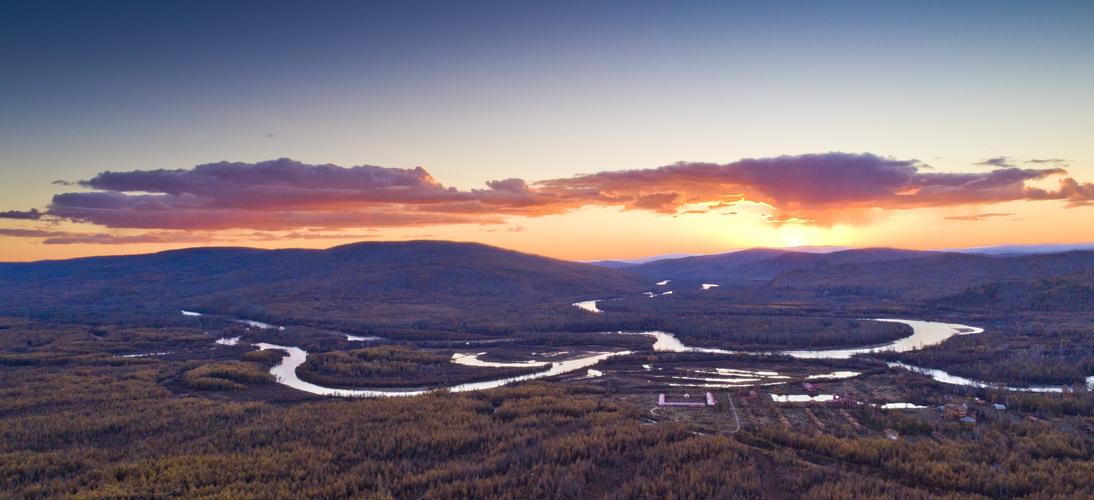Body:
Cultural dances are one of the oldest forms of expressions among human societies. They serve as a unique way of storytelling, transmission of knowledge, and social cohesion. Traditional dances not only embody the values of a particular community but also reflect the cultural, historical, and social aspects of a region.
Exploring the richness of cultural traditional dances from around the world unveils a plethora of diversity and variations. From traditional folk to modern dance forms, each culture has its unique dance traditions. Through this article, we will explore some of the most fascinating traditional dance forms from different regions of the world.
African Traditional Dances:
African traditional dances have been shaped by the diverse ethnic groups and tribes across the continent. These dances are often characterized by the use of the whole body, including the hands, feet, arms, and torso, to create rhythmic and dynamic patterns. The different African traditional dances include the Bata dance from Nigeria, the Gwara Gwara from South Africa and the Isicathamiya from Zulu people of South Africa.
Asian Traditional Dances:
Asian traditional dances have roots dating back to ancient times. These dances are usually derived from religious and cultural practices. In Japanese traditional dance, the performers use delicate body movements and gestures, while in Chinese traditional dance, the performers use martial arts and acrobatics. Meanwhile, in Indian traditional dance, performers use hand gestures, facial expressions, and body movements to narrate stories.
European Traditional Dances:
The diversity of European traditional dances is fascinating, and each dance represents the cultural heritage of its own region. The Flamenco dance from Spain, for example, is considered one of the most energetic and passionate dances globally and is a combination of dance, music, and song. Meanwhile, Scotland’s traditional Highland dance is characterized by the use of coordinated footwork and intricate arm movements.
Latin American Traditional Dances:
Latin American traditional dances are the product of the fusion of African, European, and Indigenous cultures. These dances range from slow and romantic to fast and energetic. The Tango, for example, is a dance of passion and intimacy that originated in Argentina, while the Samba from Brazil is characterized by its high energy and fast beats.
Traditional dances hold significant importance in shaping the identity and values of a particular community. They provide a way of preserving and passing down history and customs across generations. Exploring the richness of cultural traditional dances from around the world uncovers the treasure trove of diversity and beauty that exists in our world.
(Note: Do you have knowledge or insights to share? Unlock new opportunities and expand your reach by joining our authors team. Click Registration to join us and share your expertise with our readers.)
Speech tips:
Please note that any statements involving politics will not be approved.
